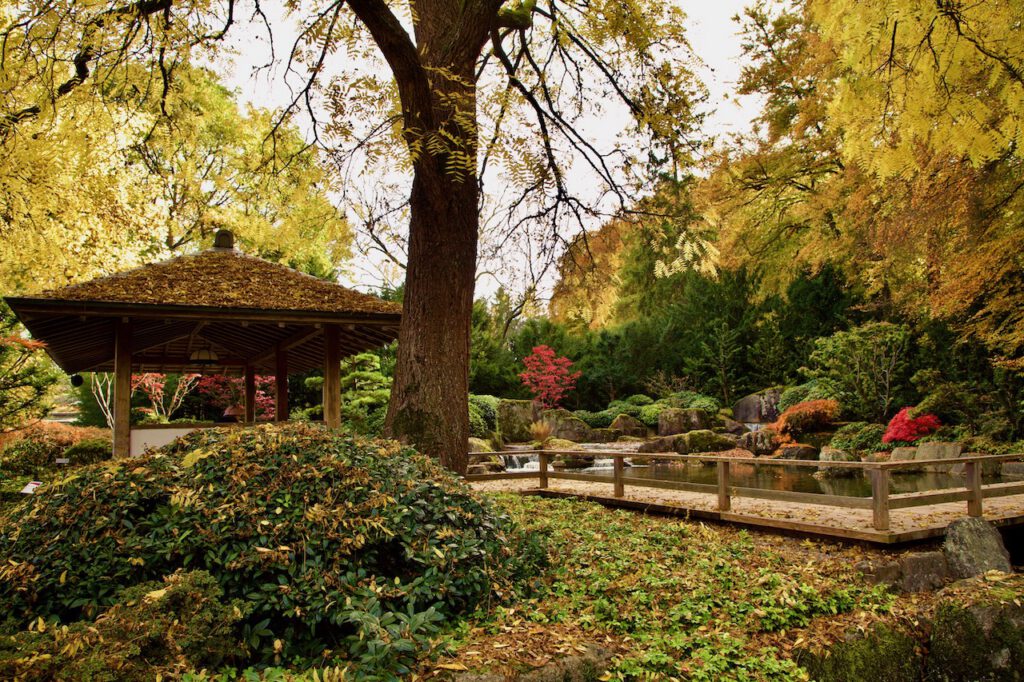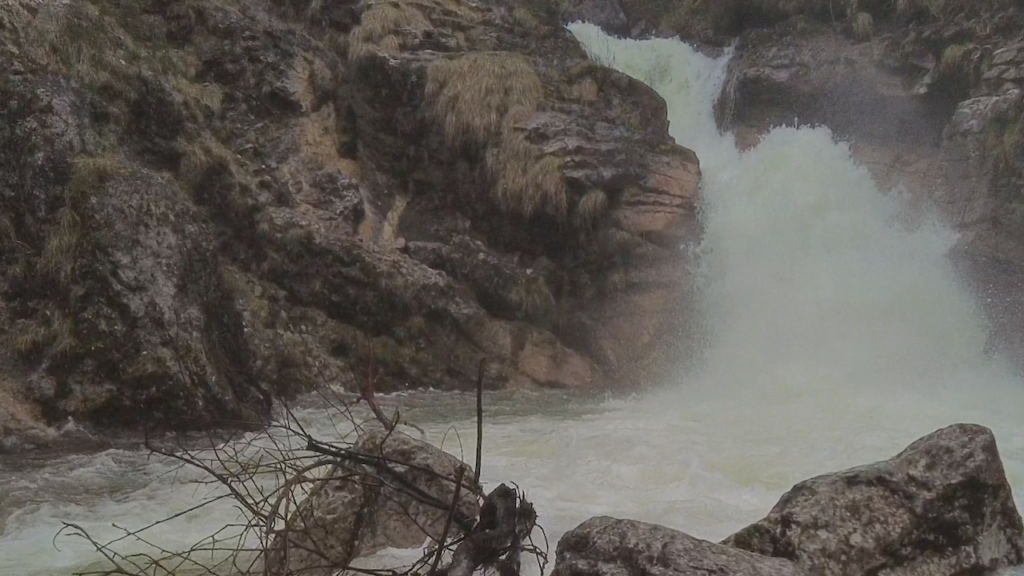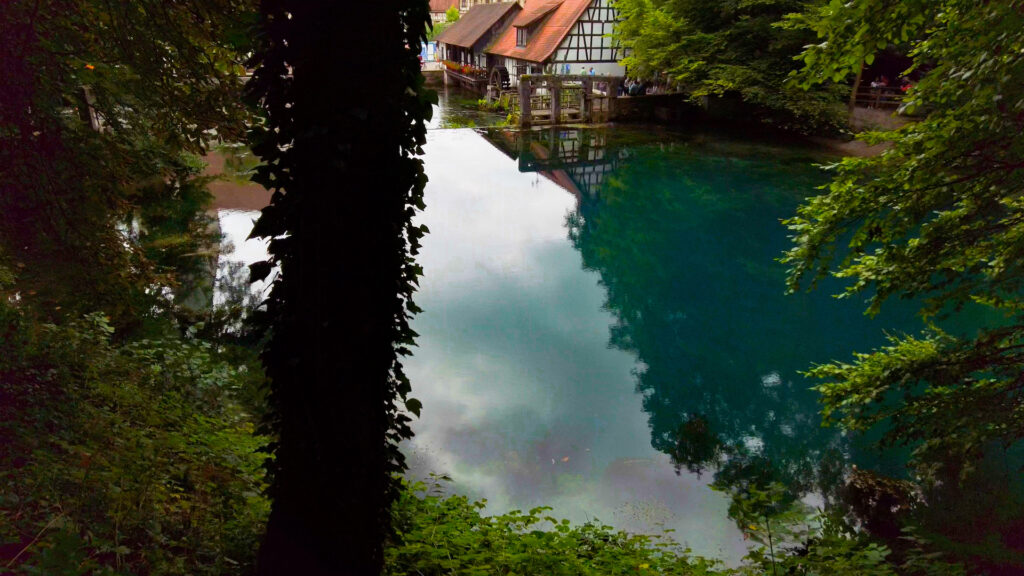A Cinema Of Nature In The Bavarian Alps – The HÖRNLE MOUNTAIN
Peter Engelmann, October 13, 2024
Every mountain peak in the Alps is a great experience. But here is one that makes you feel like watching the green pastures of the countryside in front of the Alps from a seat on an airplane.
The Hoernle Mountain, which actually consists of three mountain peaks of different heights, sits at the beginning of the Ammergauer Mountains mountain range. It’s close to Bad Kohlgrub, a well-known Bavarian holiday destination and spa. From here, a steep path leads up to the mountain.
There is a fantastic panoramic viewpoint on top near the chairlift station. It’s special because there is nothing on the west, north, or east sides. Only on the south side and south-west are higher mountains. That little peak near the station and the cozy Hörnle cabin has been called Zeitberg since 2013.
The other Hörnle peaks require some walking, but that little peak already provides a unique experience. They call it a “nature 3d cinema”. Wooden banks invite you to stay. It is indeed a cinema in nature. It provides great opportunities for photographers and videographers.
You can see a couple of lakes from the mountaintop. To the northeast, there is Lake Staffelsee, a famous lake near Murnau where lots of artists live and where famous painters such as Gabriele Münter lived.

Another lake in the north is Starnberger See, the second largest lake in Bavaria. Between the lake and the mountains, there are villages, hills, and woodland. It’s good to have a day with some clouds which create an interplay of light and shadow. This adds to the impression of depth in landscape photography.

In the lower half of the picture is Bad Kohlgrub. A destination is known for its mud bath. The suspension railway starts from here. It is also the train stop for the train coming from Murnau, which heads then to Oberammergau.

The mountain path is steep but a great experience. Normally everyone can do it. But if you have problems walking down a steep path consider the suspension railway as an alternative.

A unique sight from the mountaintop is the chain of the Ammergauer Alps. This is a nature park and some areas resemble a wilderness, but it is also where the famous Linderhof castle is located. The Ammergauer Alps offer a lot of great experiences as the Grinding Mill Gorge (Schleifmühlenklamm).

What impressed me most on the mountaintop was the big sky. Yes, this is a cinema of nature. It’s fantastic to watch the clouds moving and constantly changing.

At the bottom of the picture above is the “Hörnle Schwebebahn”, an attraction itself. It’s called a suspension railway with a Double swivel chair. This is a unique construction like nowhere else: When you reach your destination you don’t need to jump away to avoid being hit by the chair like other chairlifts. The chairs rotate 90 degrees and you can walk away. The chairlift went into operation in 1954 and brought tourists within 20 minutes to the mountain top and the Hörnle-Cabin til today. It operates both in winter and in summer but check before if you plan your trip here.
The Hoerlen suspension railway is approximately a 25-minute walk from the train station Bad Kohlgrub. From Munich or Augsburg, you take the train to Murnau and change for the train to Oberammergau. The ride with the train is a great experience itself.
I strongly recommend checking weather conditions before: If it is rainy the steep path might be slippery and be careful if there is snow. There is a so-called “Winter path” but due to the steepness, I would be careful with that if you are not an experienced hiker.















